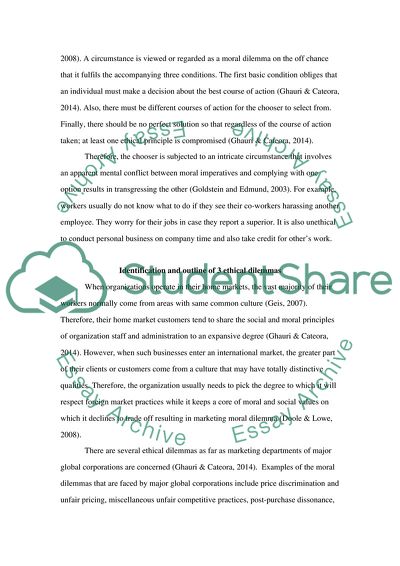Cite this document
(“Ethical Issues Concerning Marketing Departments of Major Global Essay - 1”, n.d.)
Retrieved from https://studentshare.org/marketing/1699670-research-and-report-on-the-major-ethical-issues-concerning-marketing-departments-of-major-global-corporations-identify-critically-evaluate-three-marketing-ethical-dilemmas-they-face
Retrieved from https://studentshare.org/marketing/1699670-research-and-report-on-the-major-ethical-issues-concerning-marketing-departments-of-major-global-corporations-identify-critically-evaluate-three-marketing-ethical-dilemmas-they-face
(Ethical Issues Concerning Marketing Departments of Major Global Essay - 1)
https://studentshare.org/marketing/1699670-research-and-report-on-the-major-ethical-issues-concerning-marketing-departments-of-major-global-corporations-identify-critically-evaluate-three-marketing-ethical-dilemmas-they-face.
https://studentshare.org/marketing/1699670-research-and-report-on-the-major-ethical-issues-concerning-marketing-departments-of-major-global-corporations-identify-critically-evaluate-three-marketing-ethical-dilemmas-they-face.
“Ethical Issues Concerning Marketing Departments of Major Global Essay - 1”, n.d. https://studentshare.org/marketing/1699670-research-and-report-on-the-major-ethical-issues-concerning-marketing-departments-of-major-global-corporations-identify-critically-evaluate-three-marketing-ethical-dilemmas-they-face.


